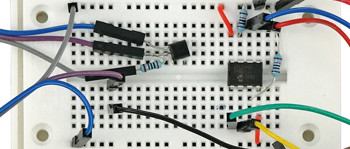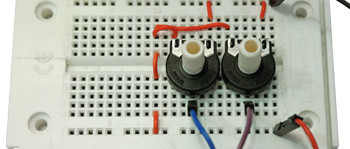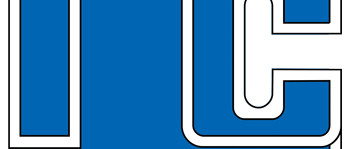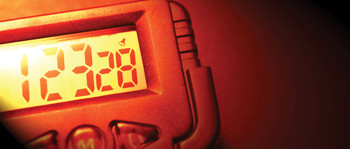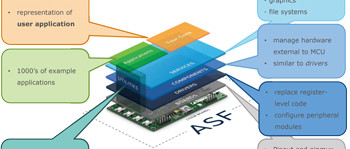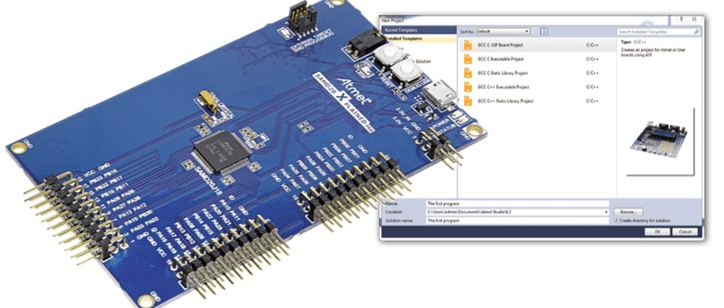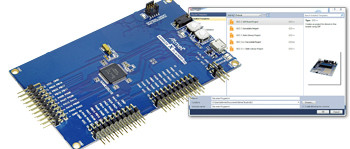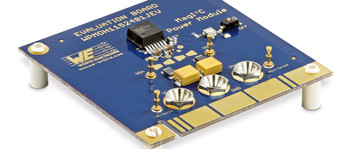| As we have seen previously in this series, the SERCOM module in the SAM D20 can be configured as a U(S)ART or as an I2C interface. To comple...
Viacheslav Gromov (21)
| So far in this course we have looked at the SAM D20’s wide range of digital peripheral blocks; now it is the turn of the analog circuitry. I...
| This time we will look at the second of the three possible interfaces the SERCOM module is able to implement, I2C. For our first experiments...
| Accurate timing is very important in the digital world. For that reason we turn in this installment of our course to the SAM D20’s timers, i...
| In the first part of this course we went into plenty of detail about how to install the development environment, leaving relatively little t...
| Just about every control process can be handled elegantly with a microcontroller — even generating infrared signals. Sometimes there’s an ev...
| Atmel’s family of microcontrollers based on the ARM Cortex-M0+ core is powerful, economical, versatile, and, at least according to the manuf...
| Why not take the plunge now and explore the world of 32-bit microcontrollers? Our course, designed for those with a little experience of 8-b...
| For electronic circuitry requiring time of day it’s not always possible to obtain this information over the Internet from a time server or b...
| Here we take a look at an example of a new family of step-down converters based on the VDRM concept (Variable Step Down Regulator Module).Th...


